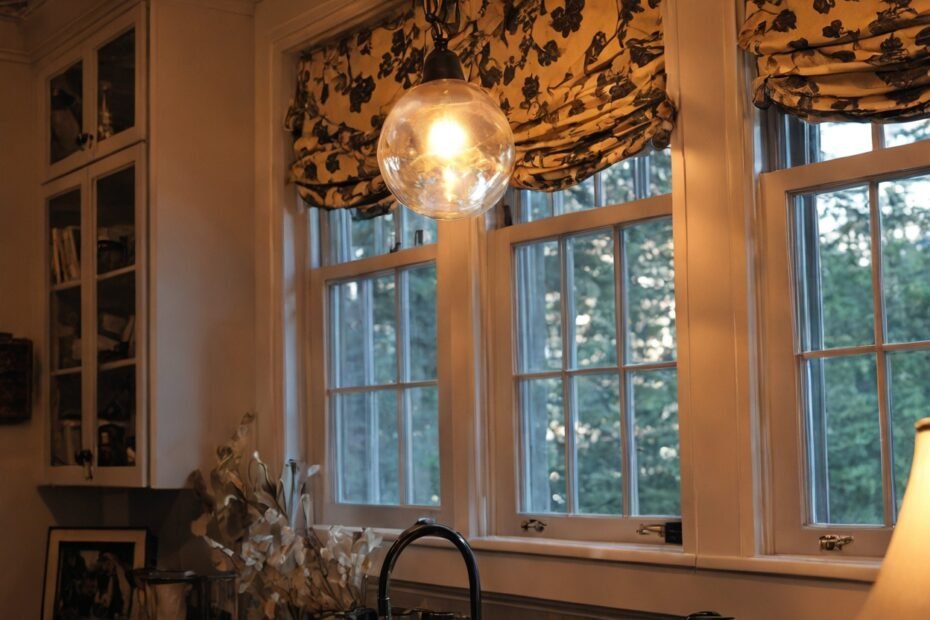What Era Are Your Windows
Historic wood sash windows typically fall into three distinct eras. The first era, pre-1870, varies widely from one region to another across the country, often featuring unique, handmade designs specific to local craftsmen. The second era, approximately 1870 to 1960, marks a significant period of national standardization within the U.S. millwork industry. During this era, factories produced large quantities of sash windows using standardized profiles and construction techniques. Most homes that exist today were constructed during this second era, and these are precisely the wood sashes we specialize in reproducing to maintain historic authenticity.
You can order a historic wood replacement sash here.
In areas like San Luis Obispo County and Santa Barbara County, homes built in the second era commonly feature double-hung sash windows. The sash sticking, which is the detailed molding surrounding the glass panes, typically has consistent profiles throughout these regions. Additionally, sash horns generally have very similar shapes, although slight variations exist depending on the exact year a home was built, reflecting subtle stylistic shifts over time.
The profile most commonly associated with historic sash windows manufactured between 1870 and 1960 typically includes a distinctively milled sash frame with carefully detailed ornamentation
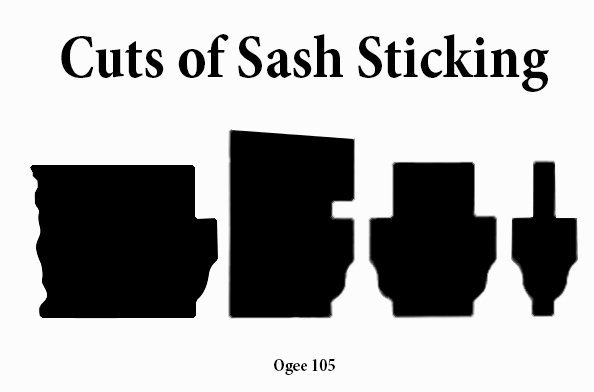

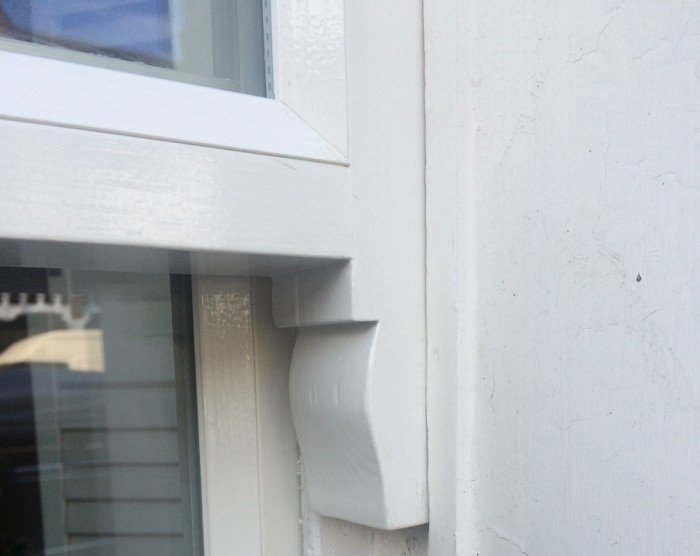
The Sash Horn Profile above is more commonly found in England
Modern Replacements
In the last several decades, there has been a proliferation of Historic wood sash windows being replaced by modern vinyl windows. There are a number of reasons for this trend, but one of the major ones is that vinyl windows are cheaper upfront and easier to find and source. Another big reason for the push to vinyl is the use of double-paned glass, which is more energy efficient.
Imagine strolling through a historic neighborhood lined with intricately detailed Victorian homes. Now picture every exquisite wooden window replaced with incongruent plastic counterparts. While a few vinyl replacements may seem insignificant initially, widespread use severely detracts from the historic charm, undermining the area's authenticity. Replacing historic sash windows with vinyl gradually transforms architectural elegance into visual discord, jeopardizing heritage preservation efforts.

Lifespan of Historic vs Vinyl Windows
Vinyl windows have a finite lifespan, typically lasting around 20 to 30 years. Once this period ends, homeowners cannot effectively repair, refurbish, or restore them. Instead, the entire vinyl window assembly requires removal and replacement, creating additional costs and environmental impact.
Conversely, historic wood sash windows, when properly maintained, easily reach and often exceed a 100-year lifespan. Regular painting, cleaning, and diligent maintenance preserve these wooden windows, substantially extending their durability. Another major benefit is their reparability; when parts of wooden sashes deteriorate, skilled craftsmen can remake and replace individual sections without the costly and disruptive process of removing the entire window structure. For example, original sashes dating back to the 1870s continue functioning effectively today—150 years after initial installation—highlighting their remarkable durability and longevity.

Historic Preservation
Imagine strolling through a historic neighborhood lined with intricately detailed Victorian homes. Now picture every exquisite wooden window replaced with incongruent plastic counterparts. While a few vinyl replacements may seem insignificant initially, widespread use severely detracts from the historic charm, undermining the area's authenticity. Replacing historic sash windows with vinyl gradually transforms architectural elegance into visual discord, jeopardizing heritage preservation efforts.
If you feel uncertain about identifying your home's window era or need guidance about repair, restoration, or replacement options, please contact us here. We offer expert advice to preserve the historical integrity and value of your property.
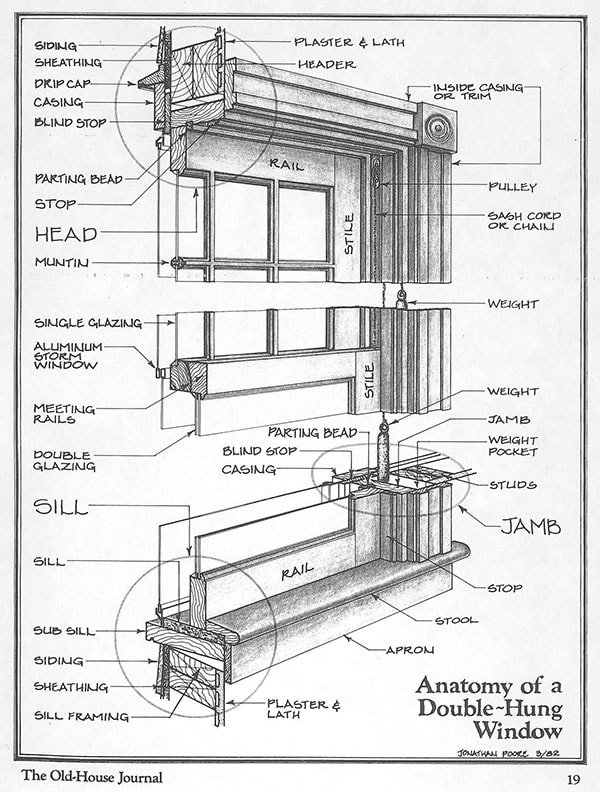
Our Specialization
We specialize in reproducing wood sashes specifically from the second era (1870-1960). These sashes typically measure 1-1/8" or 1-3/8" thick and feature standardized profiles such as the ogee #105. We utilize authentic construction methods and high-quality materials to ensure historical accuracy and durability.
Areas Outside Our Focus
We do not reproduce first-era sashes (pre-Civil War). These earlier windows were unique, handcrafted pieces tailored specifically to individual regions or builders and require specialized, custom approaches beyond our typical production methods.
Wood vs Vinyl
Wood sash windows represent a timeless blend of craftsmanship, durability, and aesthetic appeal. Unlike modern alternatives, which often prioritize cost efficiency over design integrity, historic wood sash windows were built with high-quality materials and thoughtful construction methods, ensuring their longevity and beauty for generations.
The materials used in historic wood sash windows contribute significantly to their durability and charm. Typically crafted from old-growth timber such as pine, fir, or cedar, these windows have the advantage of dense, high-quality wood that resists rot and decay when properly maintained. The glass, traditionally single-pane and often divided into smaller sections by muntins, provides an authentic, classic look. Complemented by sturdy brass or iron hardware, including pulleys and counterweights, these windows were designed for both function and style.
Depth And Shadow Lines
Craftsmanship distinctly defines historic wood sash windows. Skilled artisans constructed these windows using durable mortise-and-tenon joints, intricate molded sash bars, decorative trims, and custom profiles, all demonstrating meticulous attention to detail. Their traditional counterbalance systems, featuring hidden weights and pulleys, allow smooth, effortless operation, reflecting an intelligent and thoughtful design.

Wood sash windows impart sophistication and character, complementing a home's architectural integrity. True divided lights with individual glass panes provide depth and visual richness unmatched by modern simulated grilles. The detailed shadow lines, created by sash inset depth, architraves, window sills, and casings, further enhance architectural charm. Historic wood sashes offer unmatched customizability to accurately reflect a home's specific era and style, preserving its authentic and historical appeal.
Energy Efficiency
While energy efficiency is often a concern with older windows, wood sash windows can be improved without compromising their historic appeal. Simple upgrades like storm windows, weatherstripping, and secondary glazing can significantly enhance their insulation properties. Unlike disposable modern windows that require full replacement after a few decades, historic wood sash windows can be maintained and repaired, making them a sustainable and long-lasting choice.
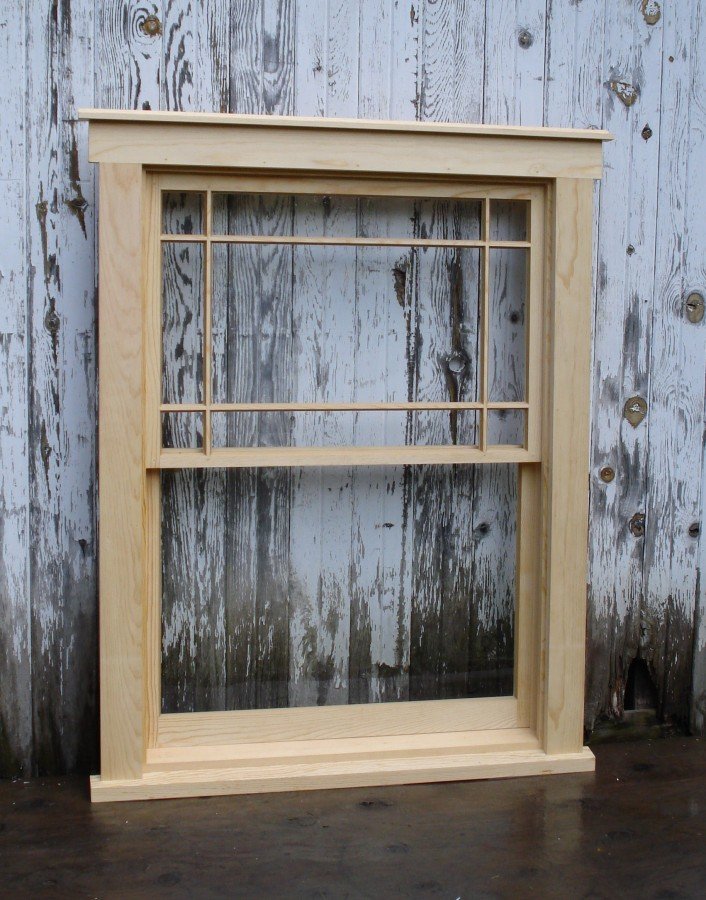
Maintenance
Routine painting, sealing, and minor repairs dramatically extend the lifespan of historic wood sash windows. Restoring these windows maintains the original craftsmanship and architectural charm, preserves property values, and ensures historical authenticity. Moreover, choosing restoration over replacement reduces environmental waste, promotes sustainability, and conserves the energy embedded in original materials.
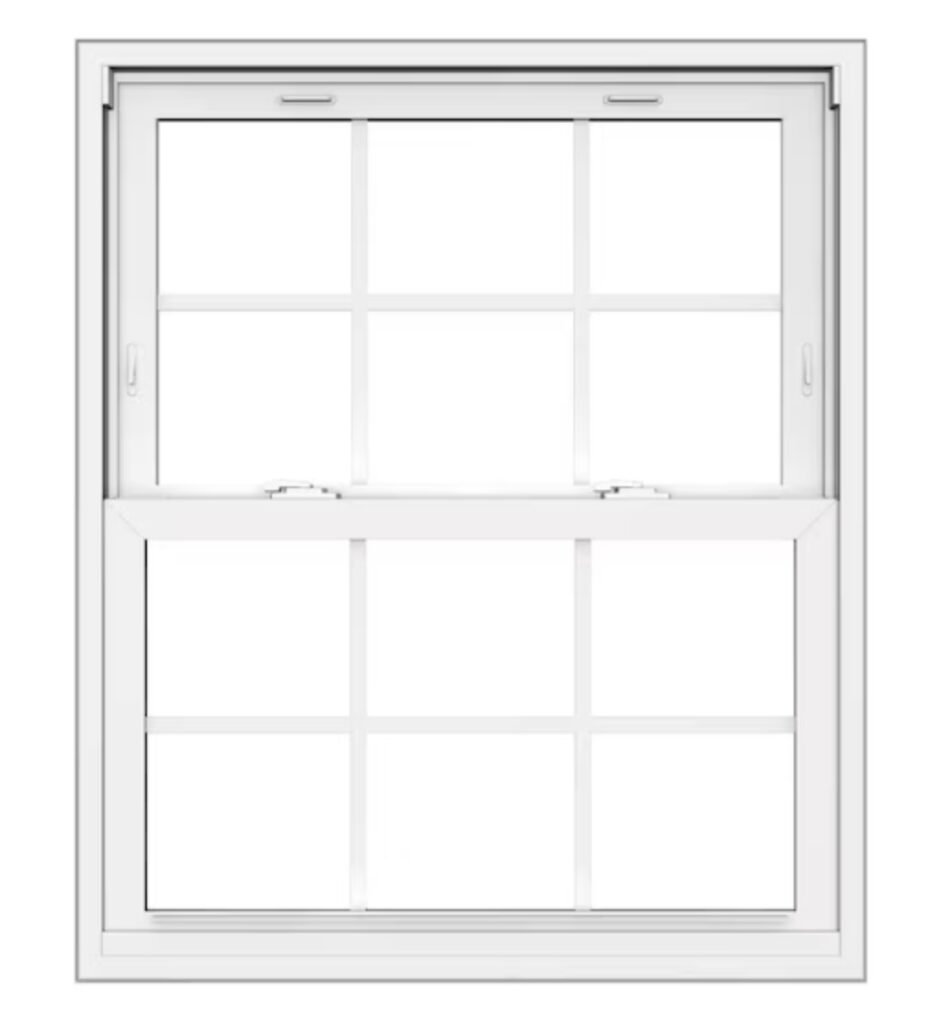
In contrast, modern vinyl windows, despite initial convenience, lack the enduring charm, durability, and repairability of traditional wooden windows. Their shorter lifespan and limited customization options diminish their long-term value, making them less attractive for homeowners prioritizing authenticity, aesthetics, and sustainability.
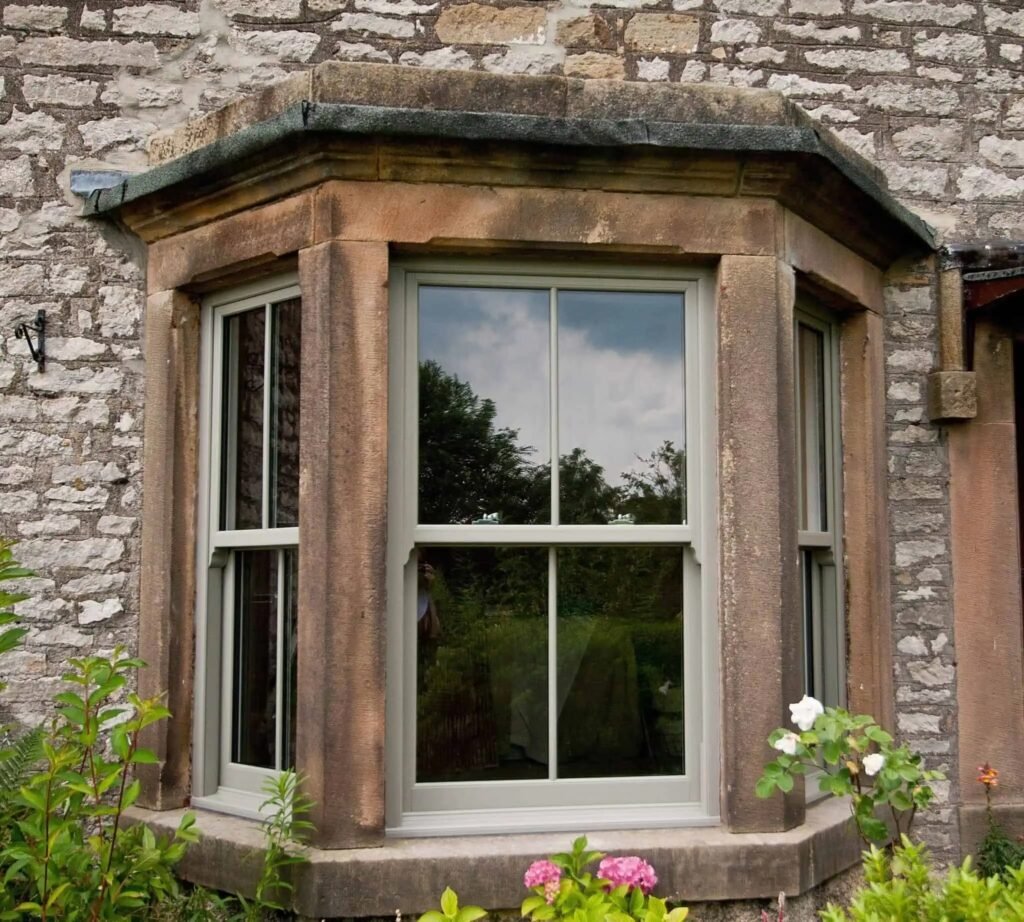
Ultimately, historic wood sash windows remain unmatched in craftsmanship, beauty, and durability. Their adaptability, reparability, and aesthetic qualities ensure they remain the superior choice, embodying true historic authenticity that modern alternatives cannot replicate.
